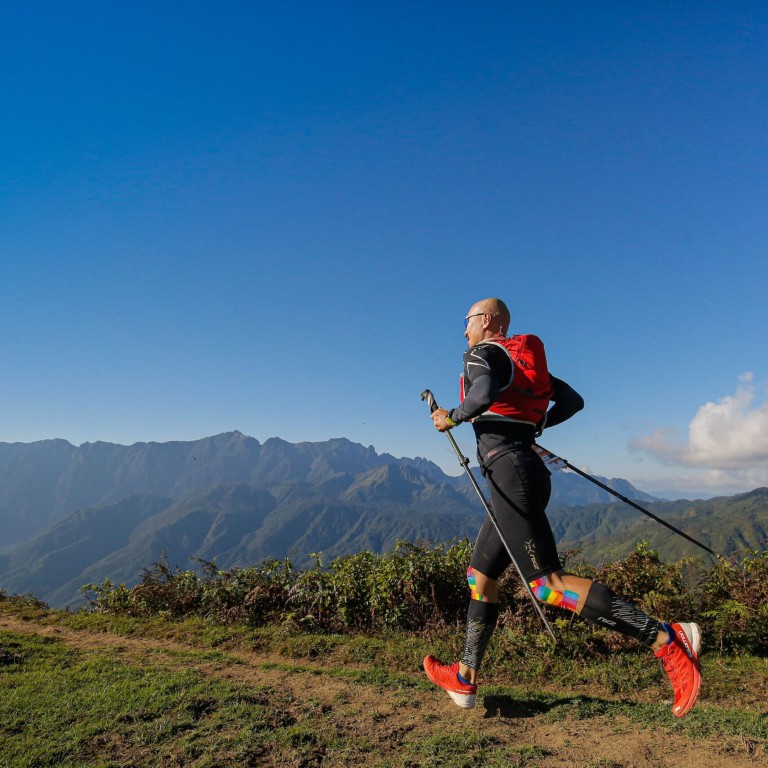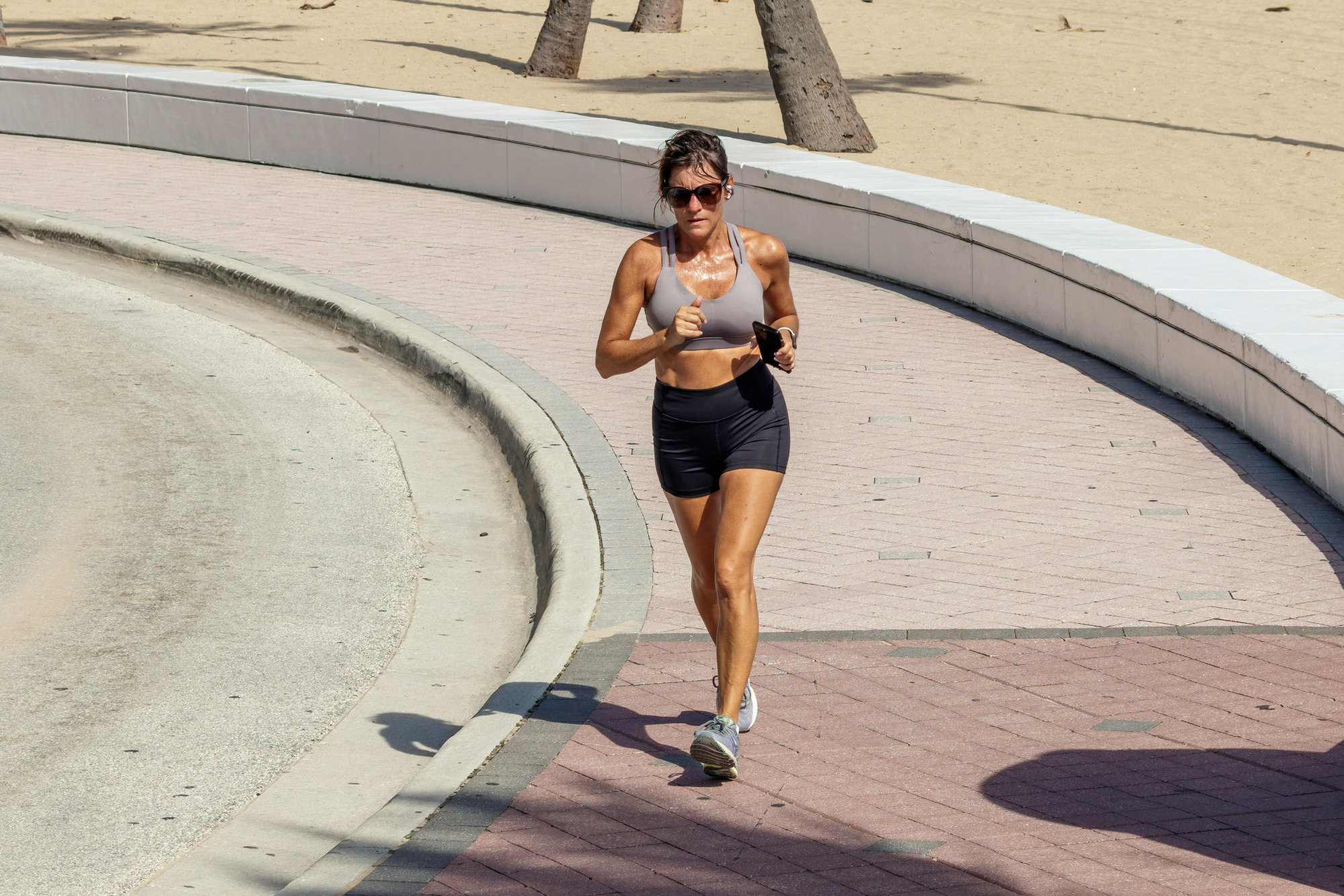
Explainer | Piriformis syndrome, a tight buttock, can cause lower back pain in runners, here’s the best prevention techniques
- The piriformis is a muscle in the buttock that can become tight or inflamed when running, causing sciatica-like pain in the lower back and leg
- There are some simple self-remedies and prevention techniques
If you have lower back pain from running, or a pain down your hamstring or the back of your leg, you may be suffering from piriformis syndrome.
The piriformis is a muscle in your buttock that connects your thigh and your lower back. It is used throughout a running stride to extend your leg then drive yourself forward.
Piriformis: syndrome and symptoms

When the piriformis shorten, tightens or becomes inflamed it is known as piriformis syndrome.
Because of the location of the muscle, it can pull on other surrounding muscles and the pain can manifest elsewhere.
Lower back pain is common, so is pain down the back of the leg, which might more commonly be associated with sciatica. A dull ache in the buttock is also common.
How to train to run more consistently
It can cause weakness in the leg, buttock or lower back. In addition to the dull ache, specific movements may cause sudden and sharp pain.
Causes and treatment
A muscle can become inflamed when it is overused. This can happen if you do too much running, or do too much high intensity running. This is particularly true for beginners, who up their mileage to do too much too quickly.
The first treatment is to rest. Take a few days off until it heals and do not rush back to training. The adage – Rest, Ice, Compress and Elevate (RICE) – will help the healing process for the first two or three days.
What is plyometrics training and why runners should do it
After a couple of days of RICE, you want to stimulate blood flow to the muscle by heat, such as a hot-water bottle or bath, massage or gentle exercise, like walking. Gentle dynamic stretches loosen the tight muscle and promote blood flow too. Over the counter anti-inflammatory pills will help reduce the tightness too.
Prevention
Strength training
Try a range of single leg exercises to increase the strength of your piriformis. For example, walking lunges, single leg weight step ups, single leg Romania dead lifts and Bulgarian split squats. Try all of them just as a body weight exercise or weighted, depending on your experience and strength.
Tight hip flexors in runners: symptoms, prevention, cure
These single leg exercises work on glute strength, but also iron out imbalances between the leg strengths. Imbalances may contribute to piriformis syndrome because one side has to compensate.
A walking lunge is a big step forward, lowering your back knee to touch the ground, then drive up with your front leg back into a standing position.
A step up, is what it says on the tin. Stand in front of a big step, and step up onto it, driving up through your leg.
A single leg Romania dead lift can be a bit tricky. Lean forward, lifting one leg up behind you until your body and lifted leg are parallel to the ground. Then return to the standing position.
Bulgarian split squats are great for strength and balance, and are sure to leave you sore the next day. It is like a lunge, but with your back foot raised on a bench or platform. Drop the back knee to touch the ground and drive back up.
Running surface
A slanted running surface may cause piriformis syndrome. If one side is higher than the other, your pelvis could be out of line.
For example, do you run the same way along a beach? A beach is probably at an angle towards the sea. Many pavements are also slanted to help water run off. Maybe your track has a slight tilt on the corners?

Vary the surface and direction you are running. The same is true if you are turning the same way all the time. So, if you train mostly on a track, run in both directions to avoid always turning one way.
Sitting
Our lives are increasingly sedentary. We spent our days in chairs, commuting, then sitting at the desk. Working from home means we go from the bed to the desk and do not move for hours.

This can cause tight hips, and also mean your glutes are not “firing” properly. If you have a sedentary job, make sure you get up and move often. Even a short walk every now and then can keep your glutes awake.
Warming up is always important, but it is particularly important if you have been sitting for hours. Include dynamic stretches to walk up your glutes and get them firing.

